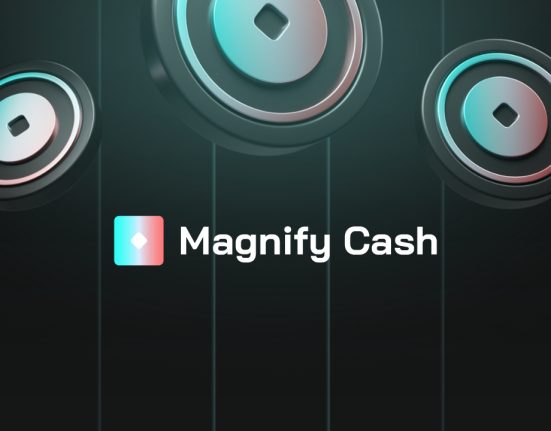The user experience (UX) of Web3 has long been a topic of discussion in relation to its mainstream adoption. UX designers argue that while Web3 offers more control, it often feels clunky and complicated, likening it to driving a manual transmission car compared to the simplicity of an automatic. The irreversible nature of blockchain transactions, coupled with the absence of an “undo button,” makes mistakes costly and adds to the complexity.
0xDesigner, a prominent Web3 UI/UX designer, points out that the broader population may not even prioritize the sovereignty that blockchain offers. They argue that for most users, the focus is on simplicity and ease of use, which Web3 struggles to provide. This poses a paradox for Web3 designers, as they need to strike a balance between simplifying the user experience and maintaining the core value proposition of Web3.
Thomas Ling, a former UI designer for blockchain firm Immutable and gaming studio Riot Games, explains that Web3’s emphasis on user ownership and control adds layers of complications. While Web2 apps may only show a single step out of multiple, Web3 apps must display the entire process for users to achieve their desired action and retain the value of Web3.
Designers working on Web3 applications face limitations in creating intuitive interfaces due to these complexities. Ling emphasizes that design decisions often involve tradeoffs, where simplifying Web3 flows may require relinquishing some control from the user, undermining the essence of Web3.
Another issue highlighted by 0xDesigner is the lack of priority given to user experience in Web3 projects. Many product teams in this space are engineering-driven, resulting in more technically focused solutions. The high stakes involved in Web3, particularly in financial applications, lead to a greater emphasis on security and error prevention, leaving less room for UX enhancements.
However, 0xDesigner believes that mass adoption of Web3 will occur when truly useful applications emerge, such as in gaming and music. They argue that the primary driver of adoption will be the usefulness of the application rather than its usability. Cryptocurrency applications should aim to be seamless and almost invisible to users, integrating crypto behind the scenes without requiring explicit knowledge.
While some argue that UX/UI is not the main hindrance to long-term adoption, but rather off-chain social and regulatory factors, the ongoing challenge of improving the Web3 user experience remains. As the Web3 ecosystem evolves, a delicate balance between user control and simplicity must be struck to pave the way for widespread adoption and integration into everyday applications.














